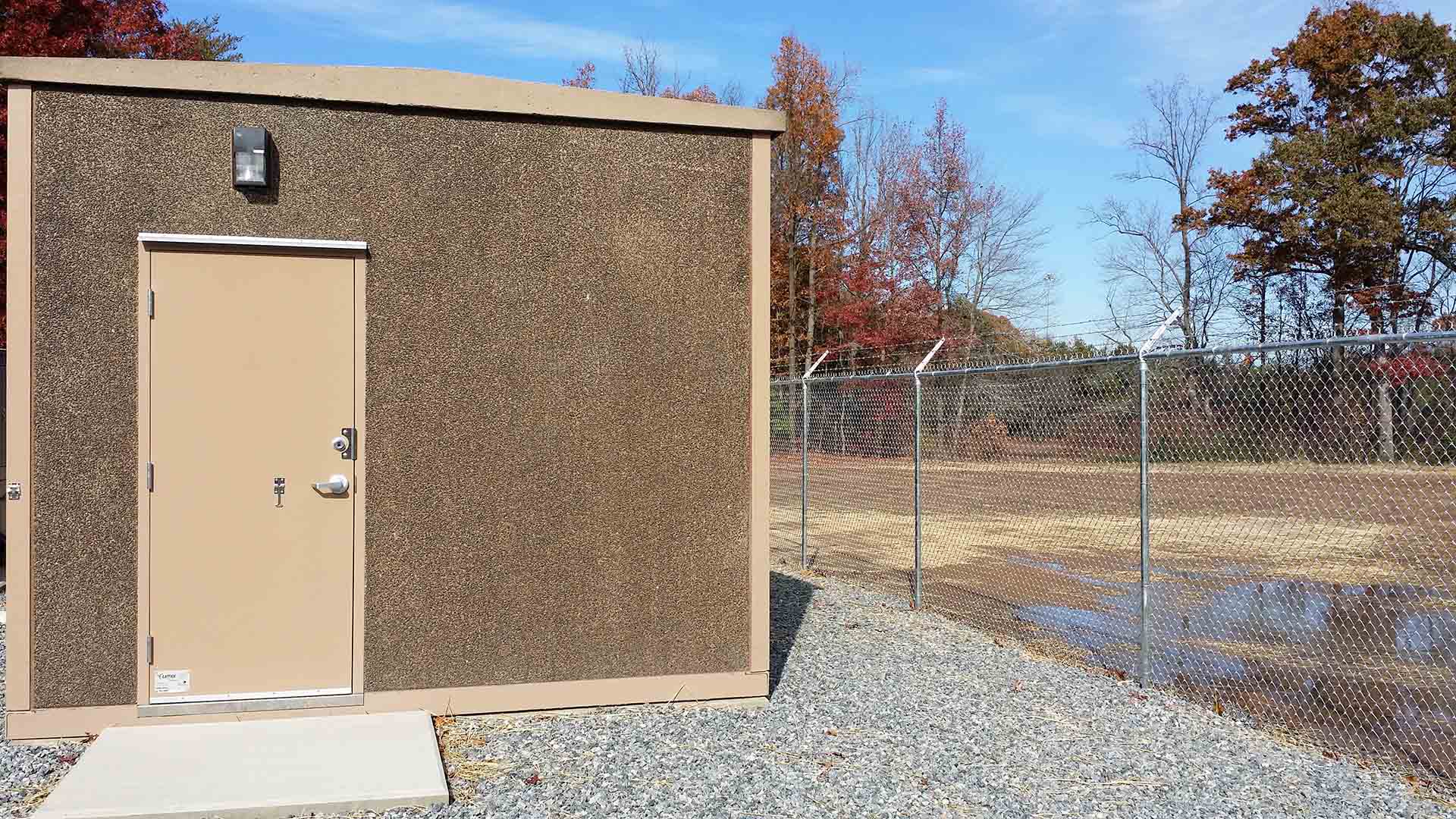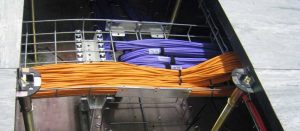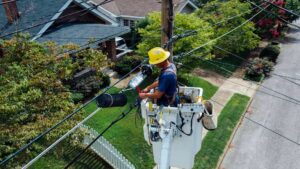Whether it’s a small cell or macro cell tower, the cost to connect to the power grid is similar. Estimates range from $5,000–$15,000 per location. In the case of a macro cell tower that serves thousands of revenue-generating users, the cost to initially connect power can be easily justified.
For a small cell that serves only a couple of hundred people, the cost to connect to the power grid represents a much larger share of the day one CapEx compared to the macro site.
Therefore, justifying the expense of a dedicated electrical connection to the small cell becomes far more difficult. Keeping in mind that this cost does not include power backup which is essential for cell uptime.
New space constraints
A macro tower site is pre-designed with the power cabinet and power meter typically housed in a dedicated space within the shelter. In deploying urban small cells, mobile network operators must work within the constraints of the available space.
On lamp posts or utility poles, for example, there may not be room for a dedicated power source, meter or backup power supply. Small cell solutions that can integrate with street furniture or are available pre-assembled for faster turn-up can help operators deal with these challenges.
The need to plan for power
Typically, the first step in network design focuses on coverage. For small cells, that means ensuring infill coverage between buildings, along urban canyons, and in other hard-to-reach areas. Often, it’s not until after the site survey that engineers discover there is no electrical power close to some of the proposed small cell locations.
Tapping power from existing buildings and/or getting municipal approval involves negotiations with building owners, tenants and local agencies, and takes time. Total time needed to deploy small cells is now estimated at 18 to 24 months.
Emerging need for power backup
It should be noted that relying on power from the grid does not necessarily guarantee 100 percent uptime. Electrical feeds can be and often are interrupted by lightning strikes, blown transformers, auto accidents and even rodents.
In recent years, the grid’s susceptibility to outages has led to networks investing more heavily in battery backup systems. This will become increasingly more important for small cells. Until now, small cells have largely been deployed to supplement coverage and capacity within the macro layer.
As power backup in the macro layer becomes the norm, there has been less urgency to invest in small cell power backup. However, in the future, small cells will also be used to offer new 5G services based on the new 5G radio standard.
Those include ultra-reliable low latency and massive IoT scenarios, as well as many more that have yet to be developed.
In a grid-powered heterogeneous 5G network, macro cells most likely will have their current battery or diesel generator backup. So, a power outage would have less impact on the macro layer.
However, small cells which do not presently come with power backup would be down during a power outage. While the macro layer may be sufficient to maintain a basic level of service for customers within the coverage area, it would not be able to support those applications that make full use of the new 5G features.
Small cells deployed to fill coverage gaps in critical areas will likely be among the first to need backup. Therefore, power backup should be part of any small cell deployment plans prior to day one rollout.
Here again, applying a macro solution to a small cell power problem will not work. While battery backups can be added to a macro site without affecting siting issues, this is not often the case with small cells.
In some instances, the power backup solution can take up more space than the small cell itself; if that backup solution involves a diesel generator there are additional permitting and environmental issues to overcome as well.










